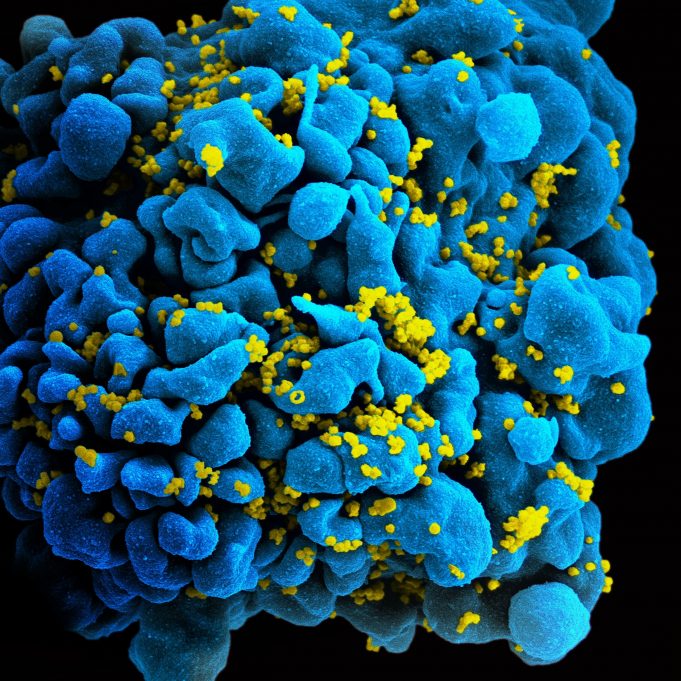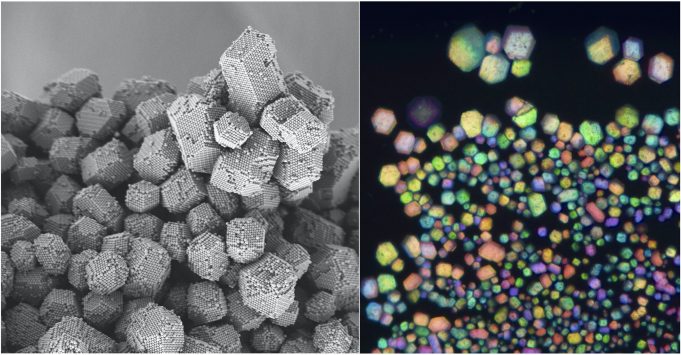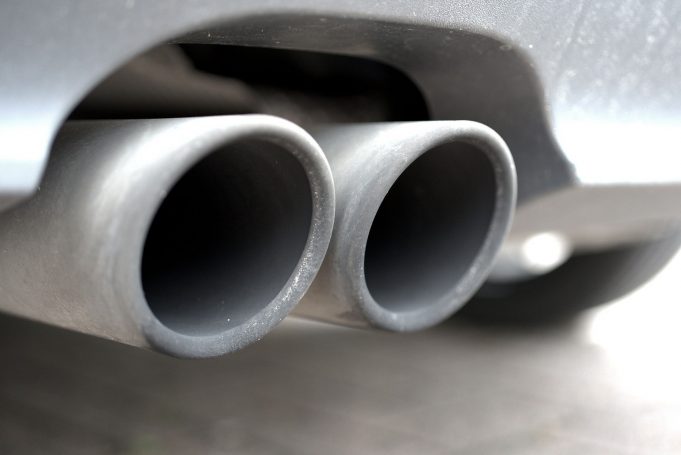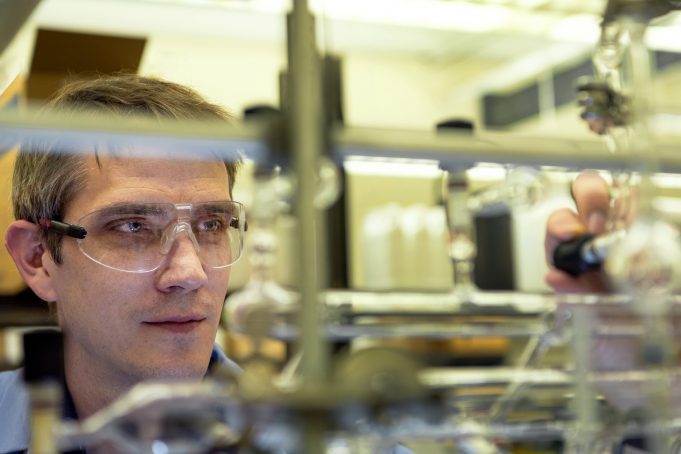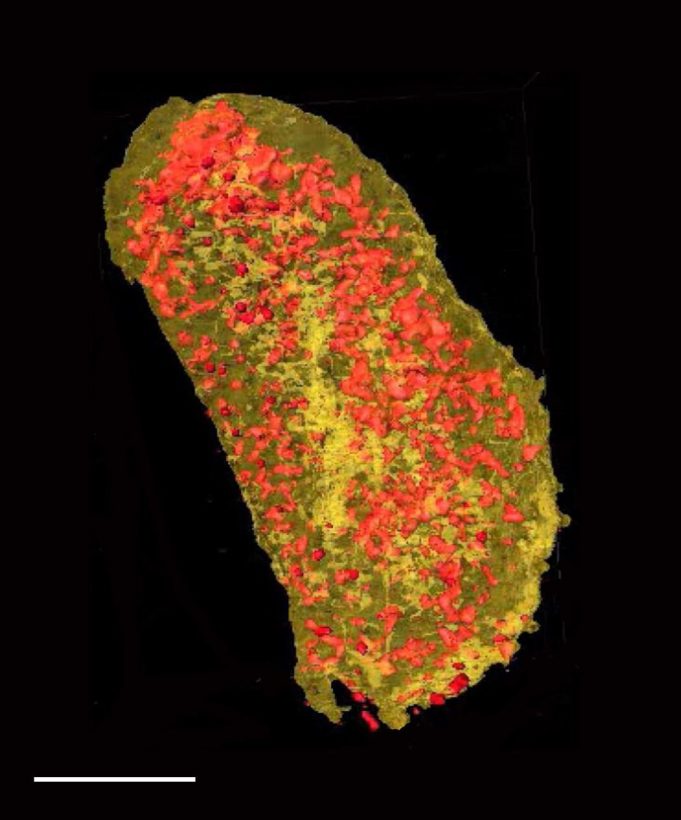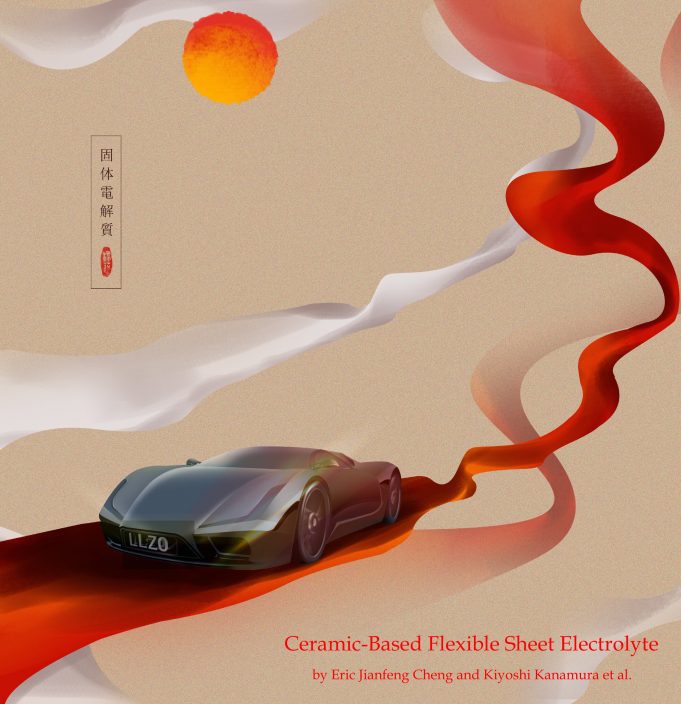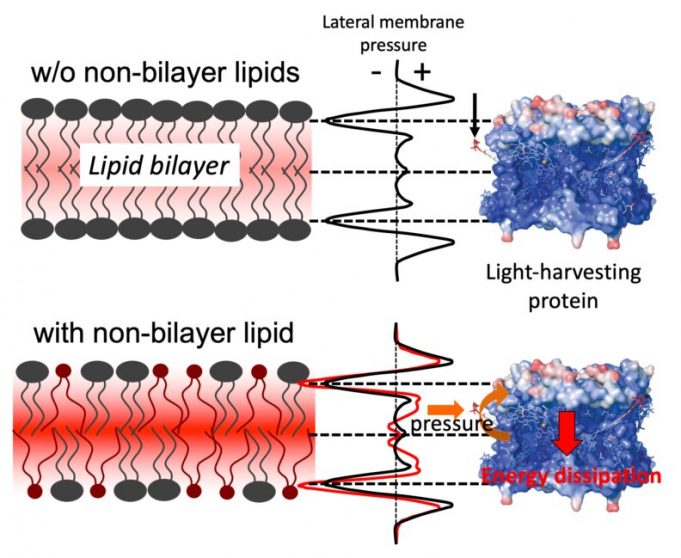Stanford University chemist Paul Wender and his colleagues are working to improve treatments for cancer, HIV and Alzheimer's—and they are betting that a drab, weedy marine invertebrate is the means to achieving that end. They have focused on this...
Most viral test kits rely on labor- and time-intensive laboratory preparation and analysis techniques; for example, tests for the novel coronavirus can take days to detect the virus from nasal swabs. Now, researchers have demonstrated an inexpensive yet sensitive...
Using just electrostatic charge, common microparticles can spontaneously organize themselves into highly ordered crystalline materials—the equivalent of table salt or opals, according to a new study led by New York University chemists and published in Nature.
"Our research shines new light...
Mobility is a key parameter for semiconductor performance and relates to how quickly and easily electrons can move inside a substance. Researchers have now achieved the highest mobility among thin films of tin dioxide ever reported. This high mobility...
A team of researchers from Yale-NUS College, in collaboration with scientists in Sweden, has found that bisulphate species in the exhaust stream are strongly connected to decreasing the effectiveness of exhaust remediation catalysts in diesel engines. Their findings pave...
While energy sources such as wind and solar are great at producing emissions-free electricity, they depend on the sun and the wind, so supply doesn't always meet the demand. Likewise, nuclear power plants operate more efficiently at maximum capacity...
Yogesh Vohra, Ph.D., uses microwave-plasma chemical vapor deposition to create thin crystal films of never-before-seen materials. This effort seeks materials that approach a diamond in hardness and are able to survive extreme pressure, temperature and corrosive environments. The search...
A new chemical compound created by researchers at West Virginia University is lighting the way for renewable energy.
The compound is a photosensitizer, meaning it promotes chemical reactions in the presence of light. It has many potential applications for improving...
A team of scientists including researchers at the National Synchrotron Light Source II (NSLS-II)—a U.S. Department of Energy (DOE) Office of Science User Facility at DOE's Brookhaven National Laboratory—have demonstrated a new technique for imaging proteins in 3-D with...
Researchers at Tokyo Metropolitan University have developed a new method to make ceramic-based flexible electrolyte sheets for lithium metal batteries. They combined a garnet-type ceramic, a polymer binder and an ionic liquid, producing a quasi-solid-state sheet electrolyte. The synthesis...
Harvesting sunlight to make energy is a complex reaction that plants do naturally, but isn't well understood.
A research team led by a Washington State University professor has developed a new tool to study how lipids interact with proteins in...





